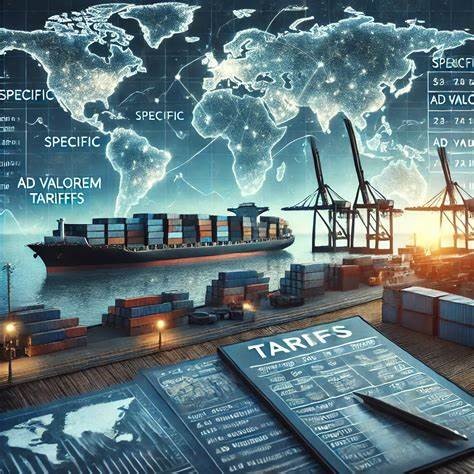Tariffs are taxes placed on imported goods, and they can have both positive and negative effects on the economy.
The Upside:
- Protecting Local Jobs: By making imported goods more expensive, tariffs can encourage consumers to buy domestically produced items, supporting local industries and preserving jobs.
- Encouraging Local Production: Tariffs can motivate companies to produce goods locally, reducing reliance on foreign suppliers.
- Government Revenue: Tariffs generate income for the government, which can be used for public services.
The Downside:
- Higher Prices for Consumers: Importers often pass the cost of tariffs onto consumers, leading to increased prices for goods such as electronics, clothing, and everyday items.
- Retaliation from Other Countries: Countries affected by tariffs may impose their own tariffs in response, potentially harming exporters and escalating trade tensions.
- Supply Chain Disruptions: Tariffs can disrupt global supply chains, leading to delays and increased costs for businesses.
Understanding the dual nature of tariffs is crucial for consumers and businesses alike, as they navigate the complexities of global trade policies.













